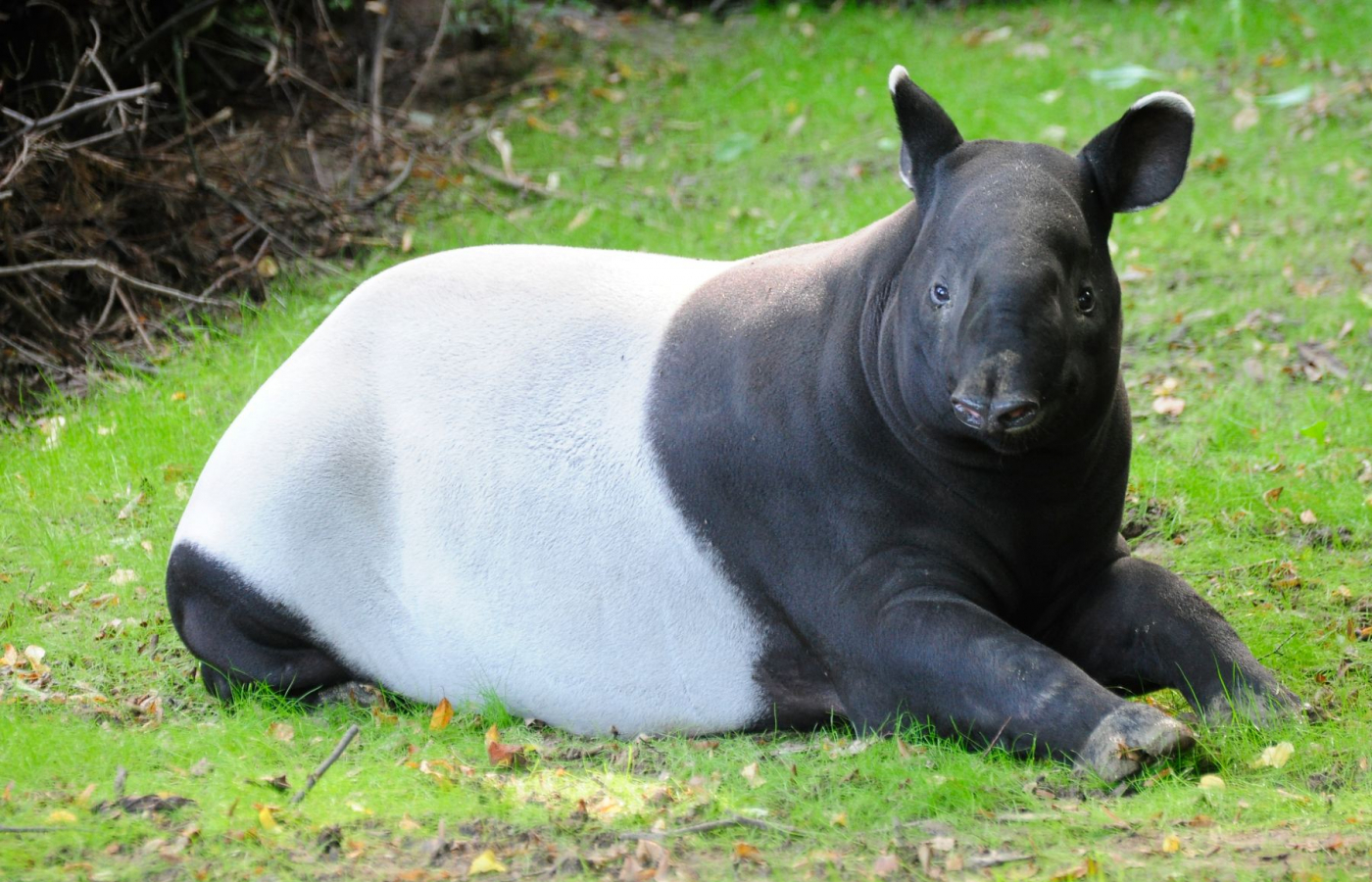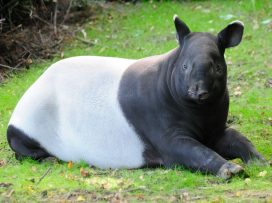Building Nusantara
In our zoo, we are preparing a new surprise for our visitors. It is going to be an entire complex of exhibitions. Nusantara, as we are going to name it, will be built near Mu-Shin, the beloved relaxation-encouraging Japanese garden.
The Nusantara will represent the diverse continental and insular fauna of Southeast Asia: Malayan tapirs, hornbills, flying foxes, Asian reptiles, and porcupines. The estimated cost of the complex is CZK 50,000,000. If everything goes according to the plan, the new exhibit is going to be open in 2027.
The transformation of this part of the Asian district in our zoo begun in 2012. Back then, the zoo opened a Japanese garden, Mu-Shin. In 2013, the opening of the former Hala-Bala exhibit followed, providing a sanctuary to some of the endangered species - Malayan tapirs and Moloch gibbons. “This fall, we are going to finish the renovation of the inner facility of Hala-Bala. The novelty is, that only the gibbons solely are going to be situated there. Until the construction works of Nusantara finish, the tapirs are going to stay in the former facility for our elephants,“ disclosed Roman Horský, the director of the zoo. „If everything goes according to the plan, we would like to begin the construction work at the end of 2025. The new exhibit should be ready to open at the beginning of the main season 2027,“ the director outlined the plans.
Visitors shall enter Nusantara through the impressive wooden Torii gate. It will contain an aviary for hornbills and adjutants, an exhibition of reptiles and a walk-through aviary with porcupines and flying foxes. In the inner quarters, it will be possible to watch the Malayan tapirs throughout the whole year. The quarters will be connected to the former tapir paddock as well as to their favorite lake. Coming to the terms of design, Nusantara is going to be built in a traditional Indonesian architecture. „We have found the inspiration especially in the local buildings, the entire space of Nusantara is going to be decorated by diverse artifacts connected to the native culture and religion,“ the director depicted.
The name itself, Nusantara, has historical roots. It comes from the old Javanese and consists of two words, nusa (meaning „an island“) and antara (meaning „in between“). The meaning itself means „islands between two continents“, considering the islands between China and India. The Indonesian government has chosen the very same name for the newly built capital city replacing the current Jakarta.

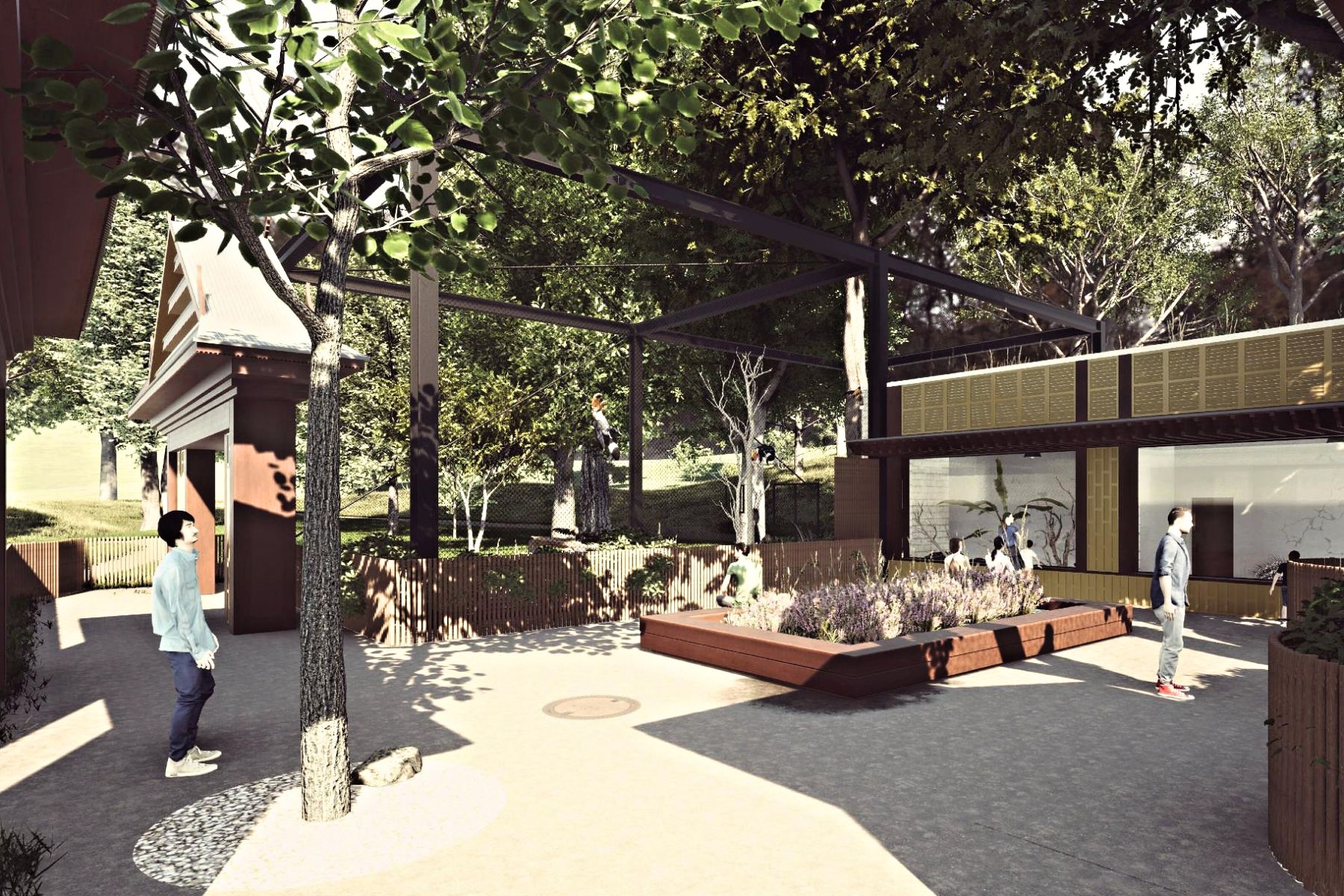

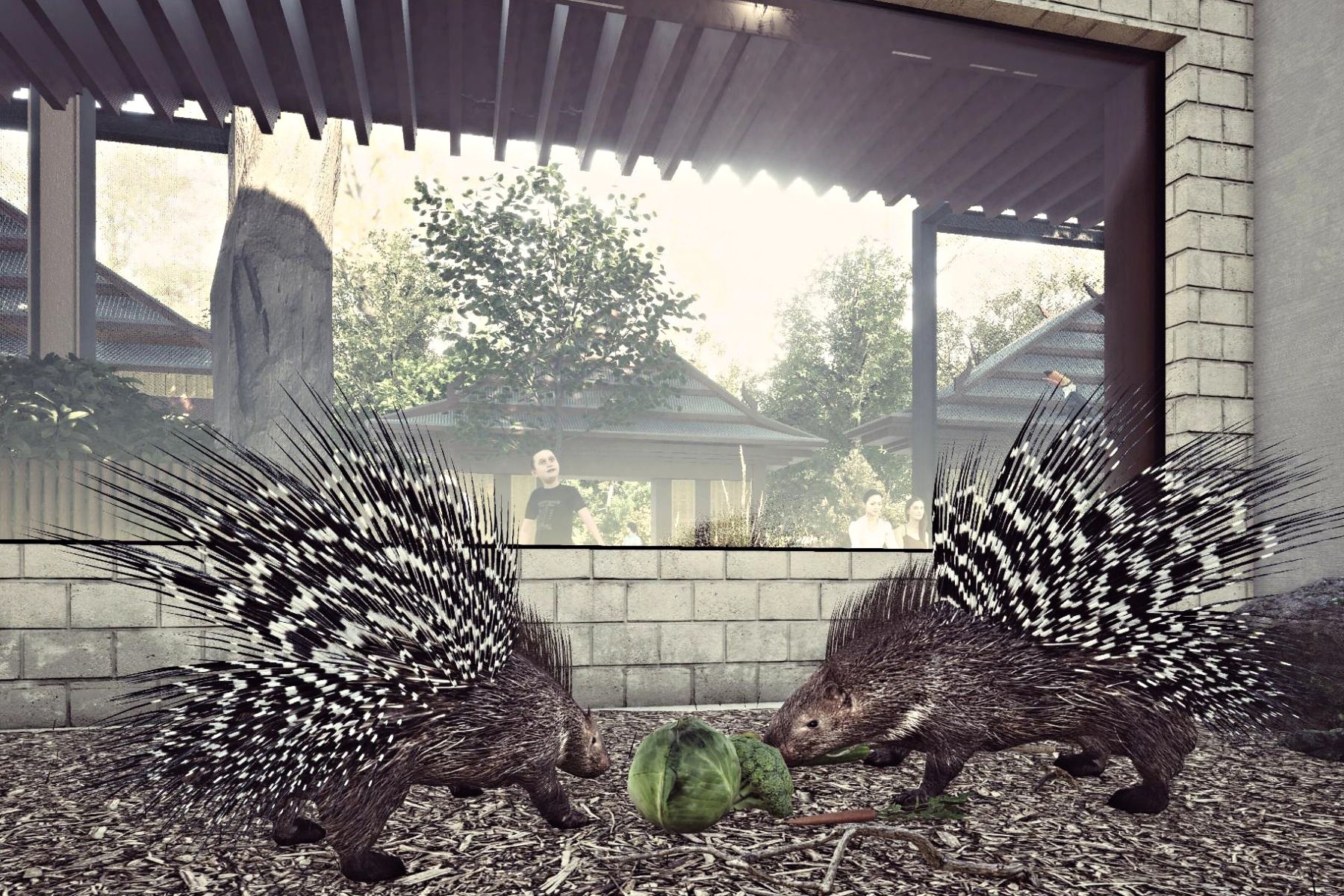

Good to know
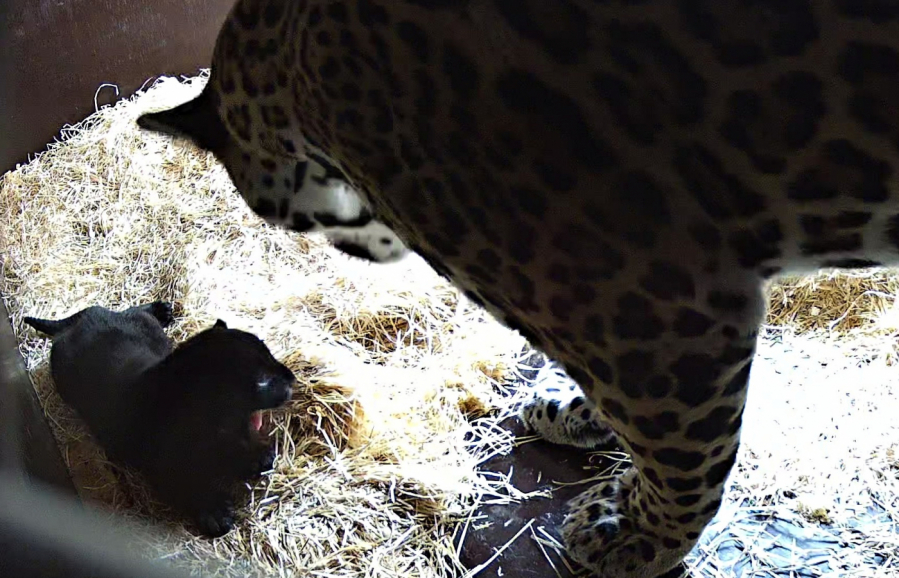
Akabo and Yuna Welcome Their First Cub!
We’re celebrating a breeding success of global importance—jaguars Yuna (5) and Akabo (3) have become parents for the first time!
Explore new things
New Gibbon Exhibit "Gibonika" Opened
On Saturday, April 5, Zlín Zoo officially opened Gibonika, a new indoor exhibit dedicated exclusively to silvery gibbons.
Explore new things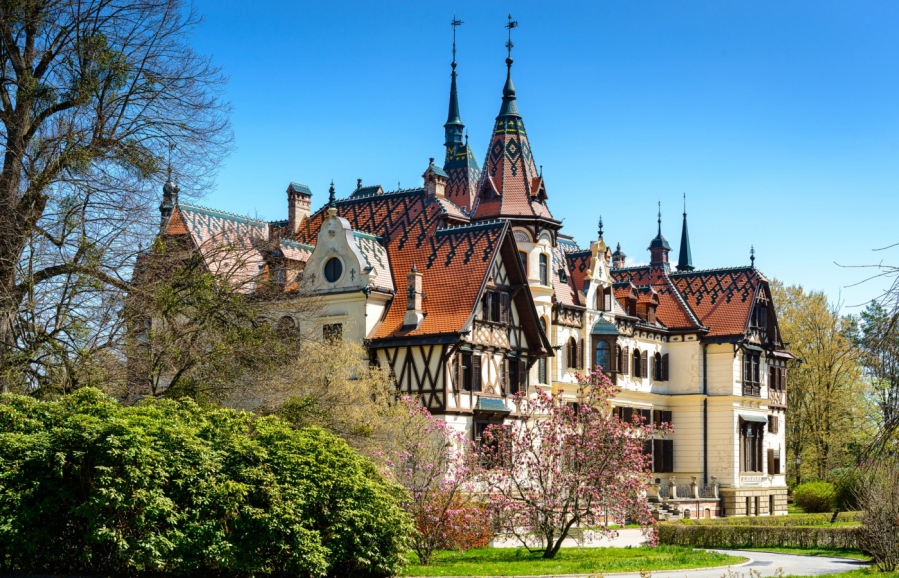
We Invite You to Visit Lešná Chateau
Don’t miss the unique opportunity to explore the enchanting Lešná Chateau. Join a guided tour and discover its rich history and stunning interiors!
Explore new things


